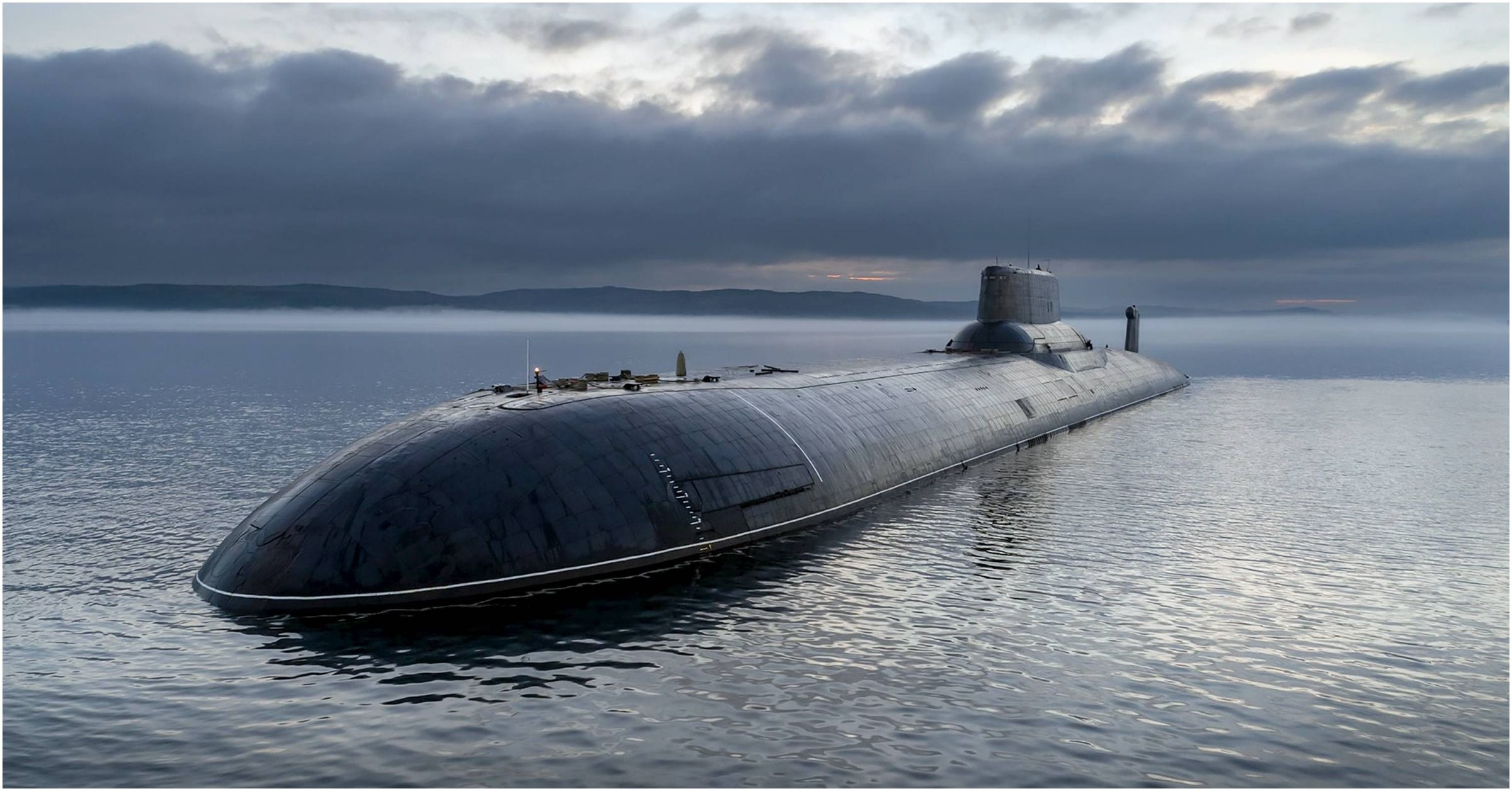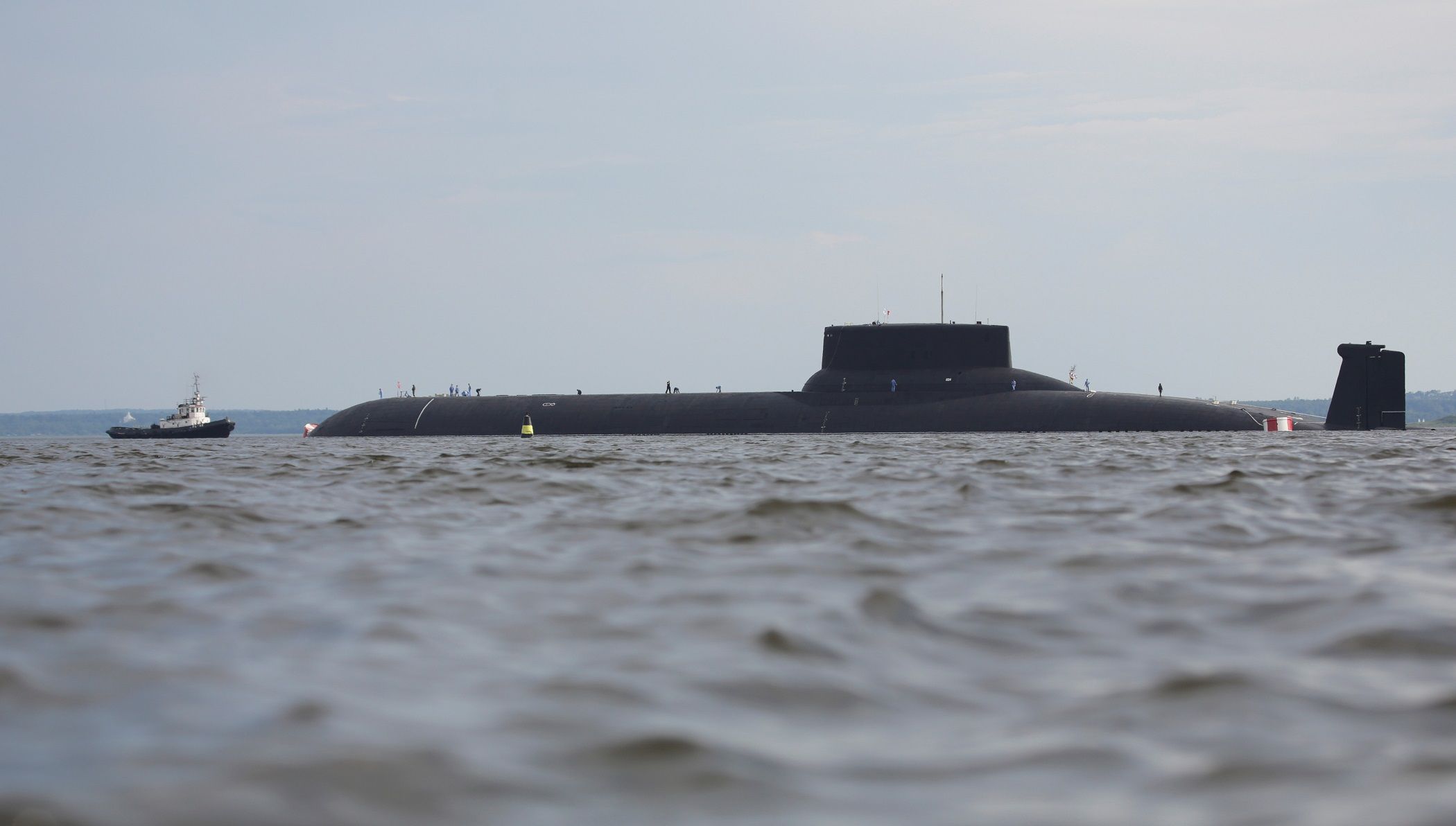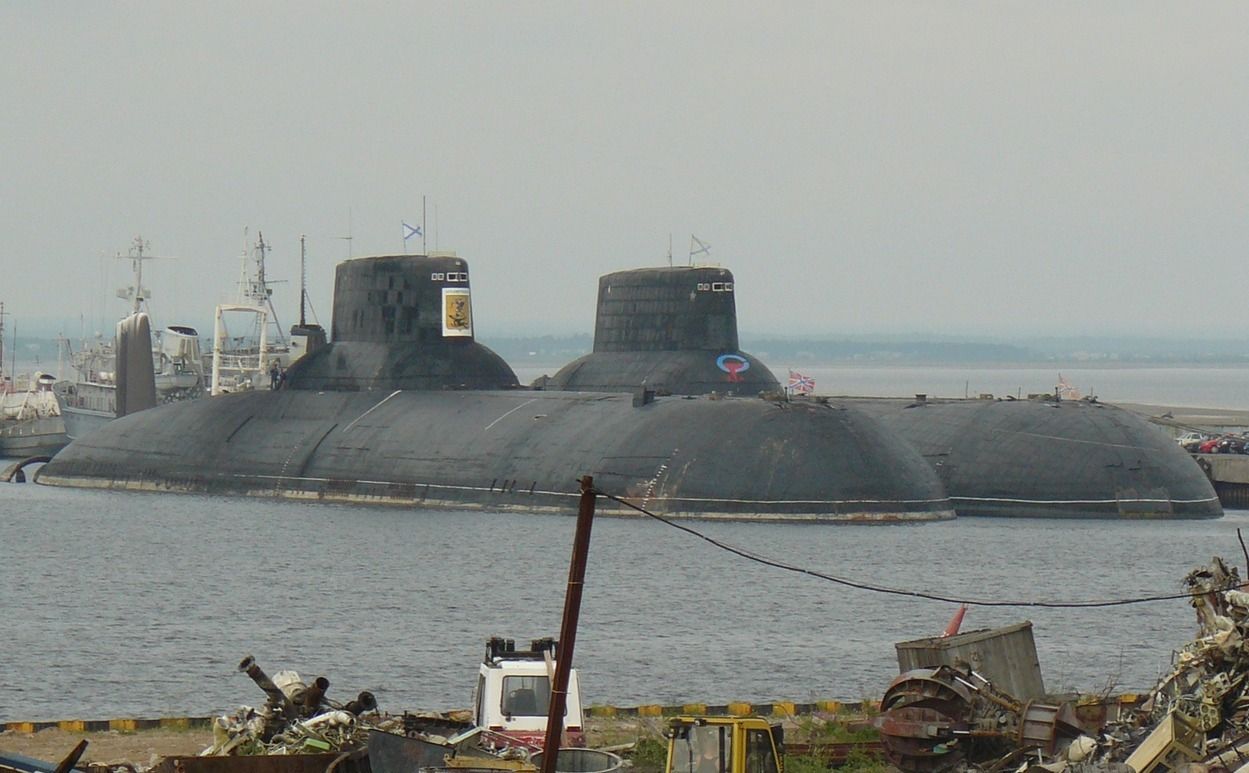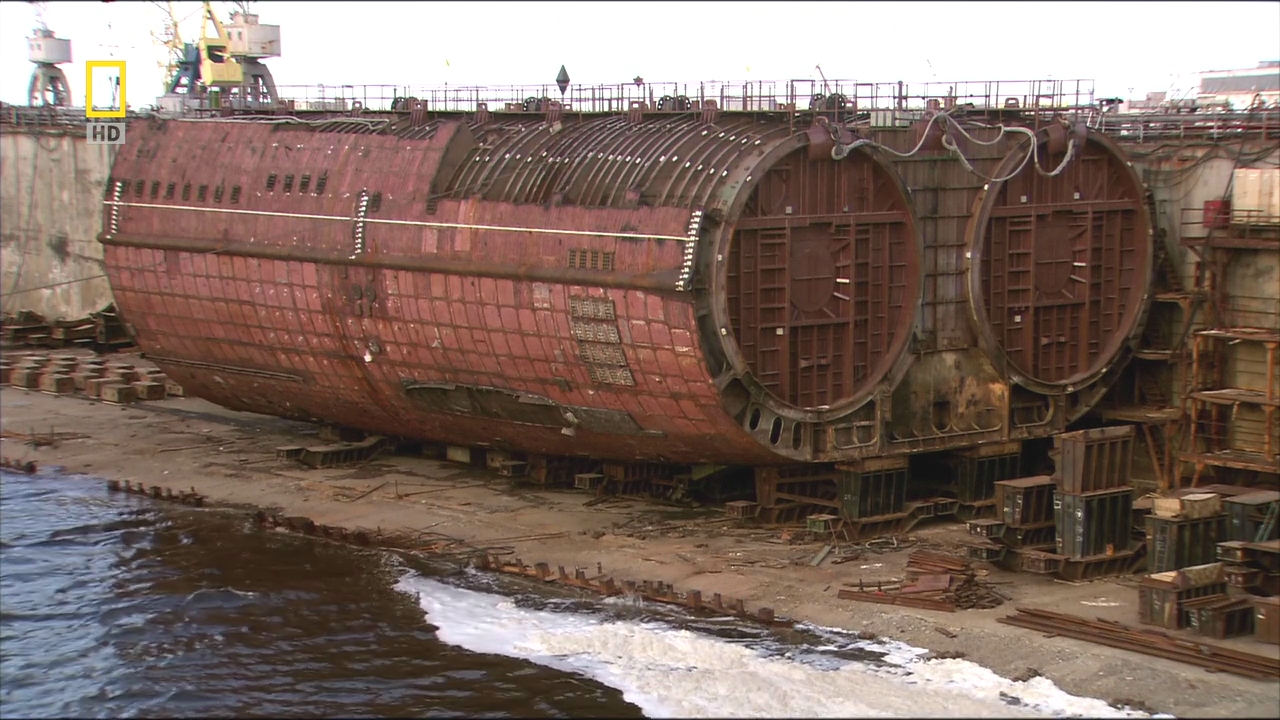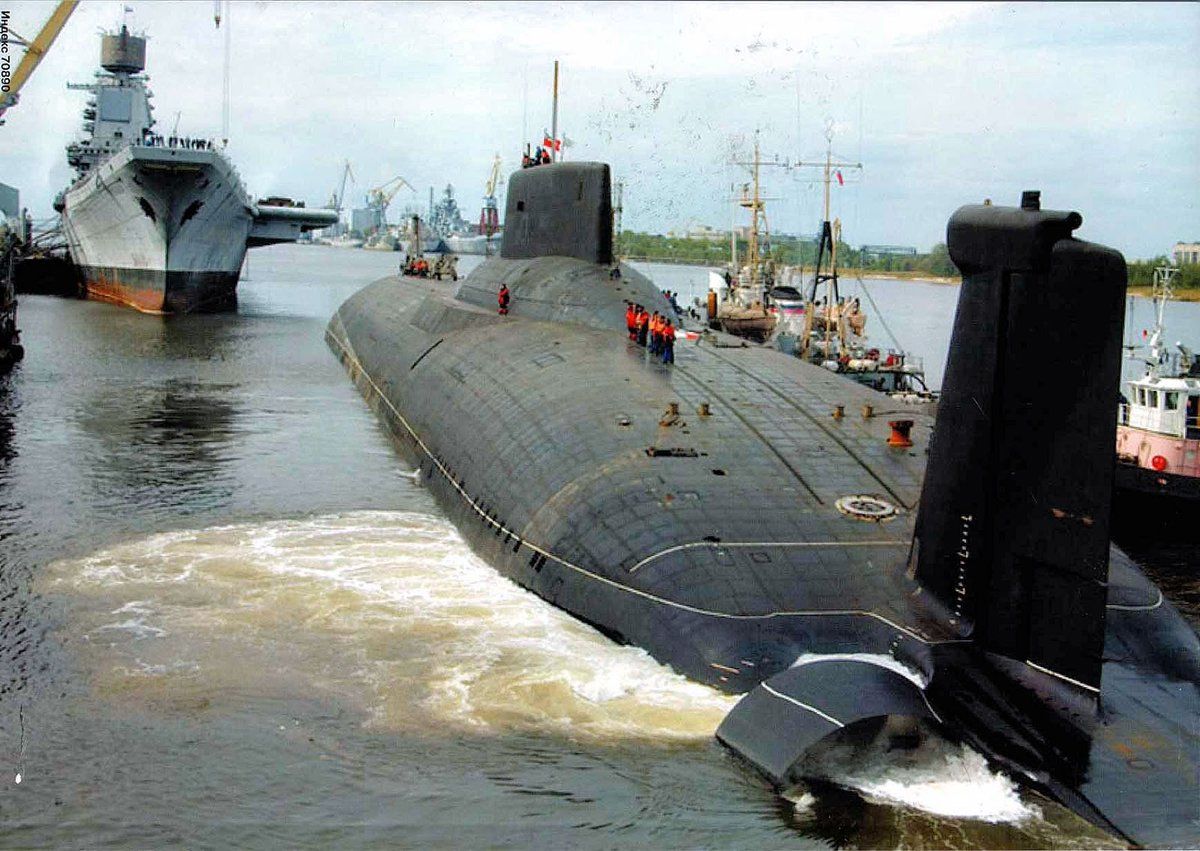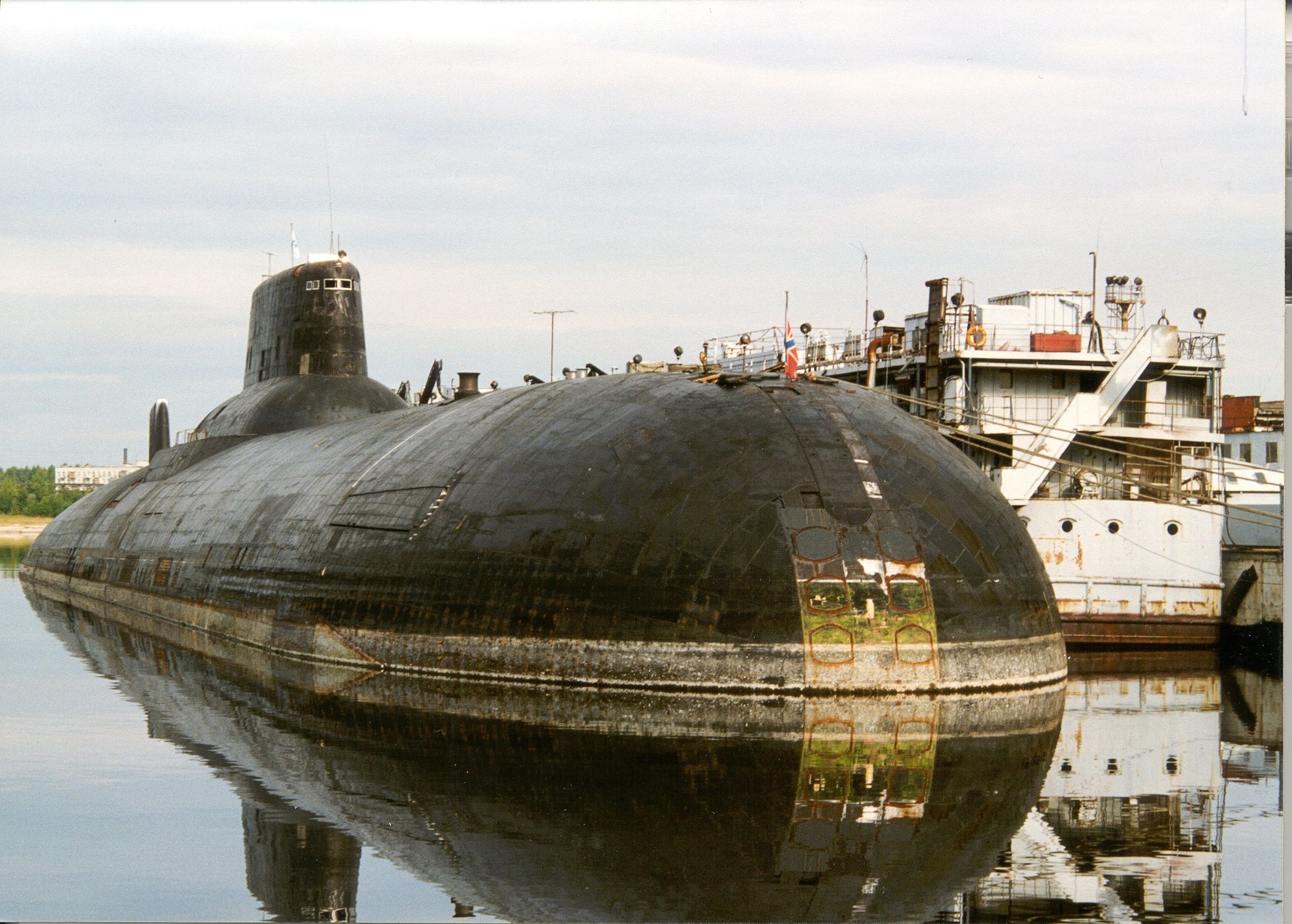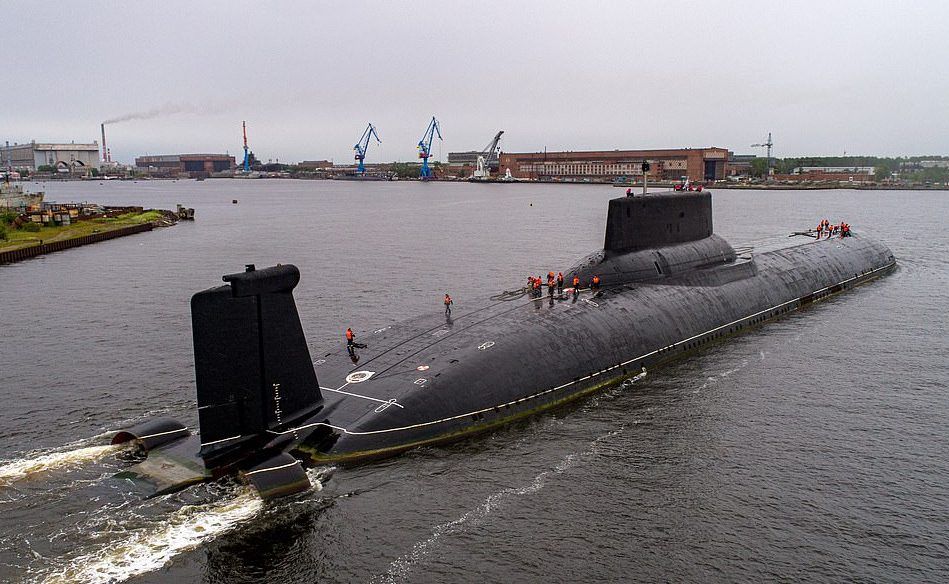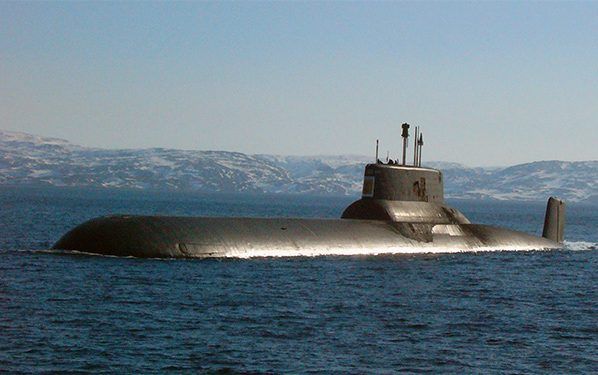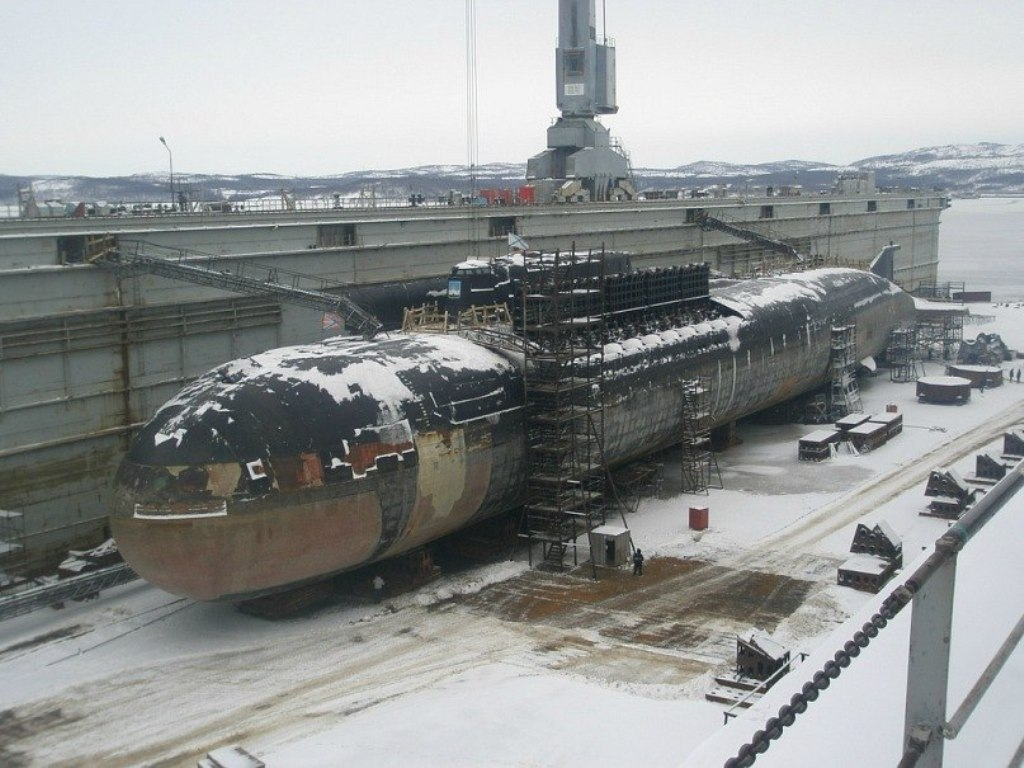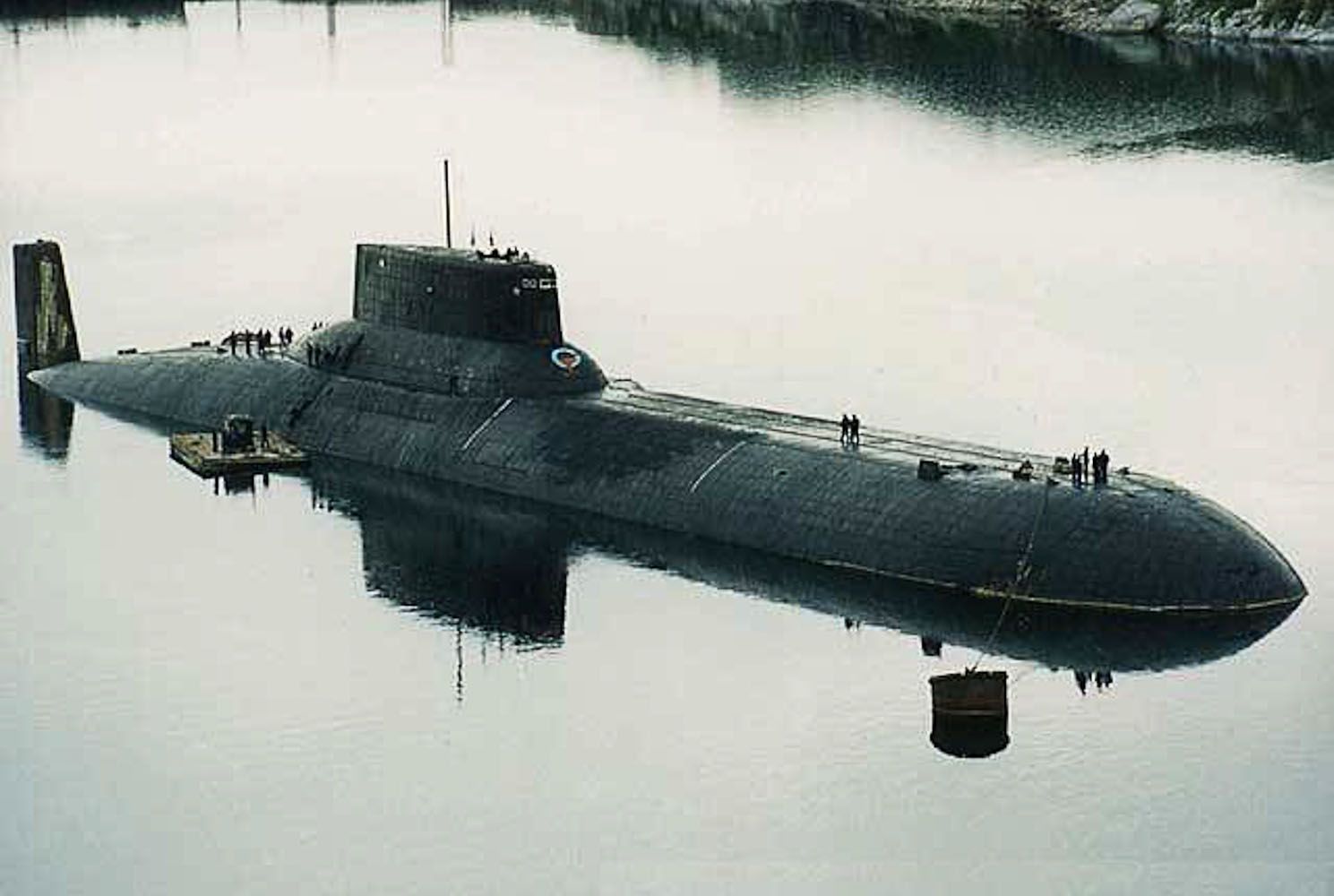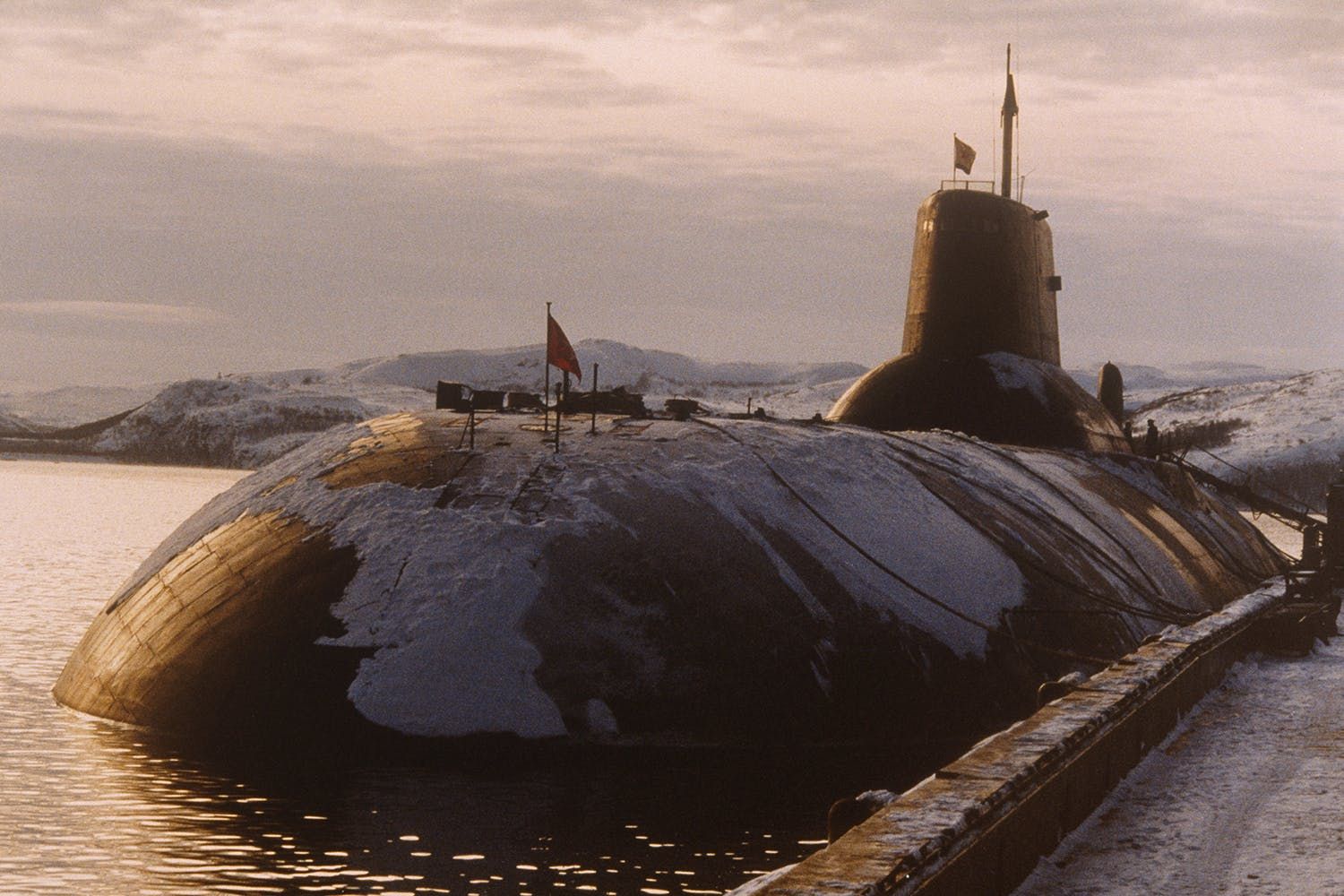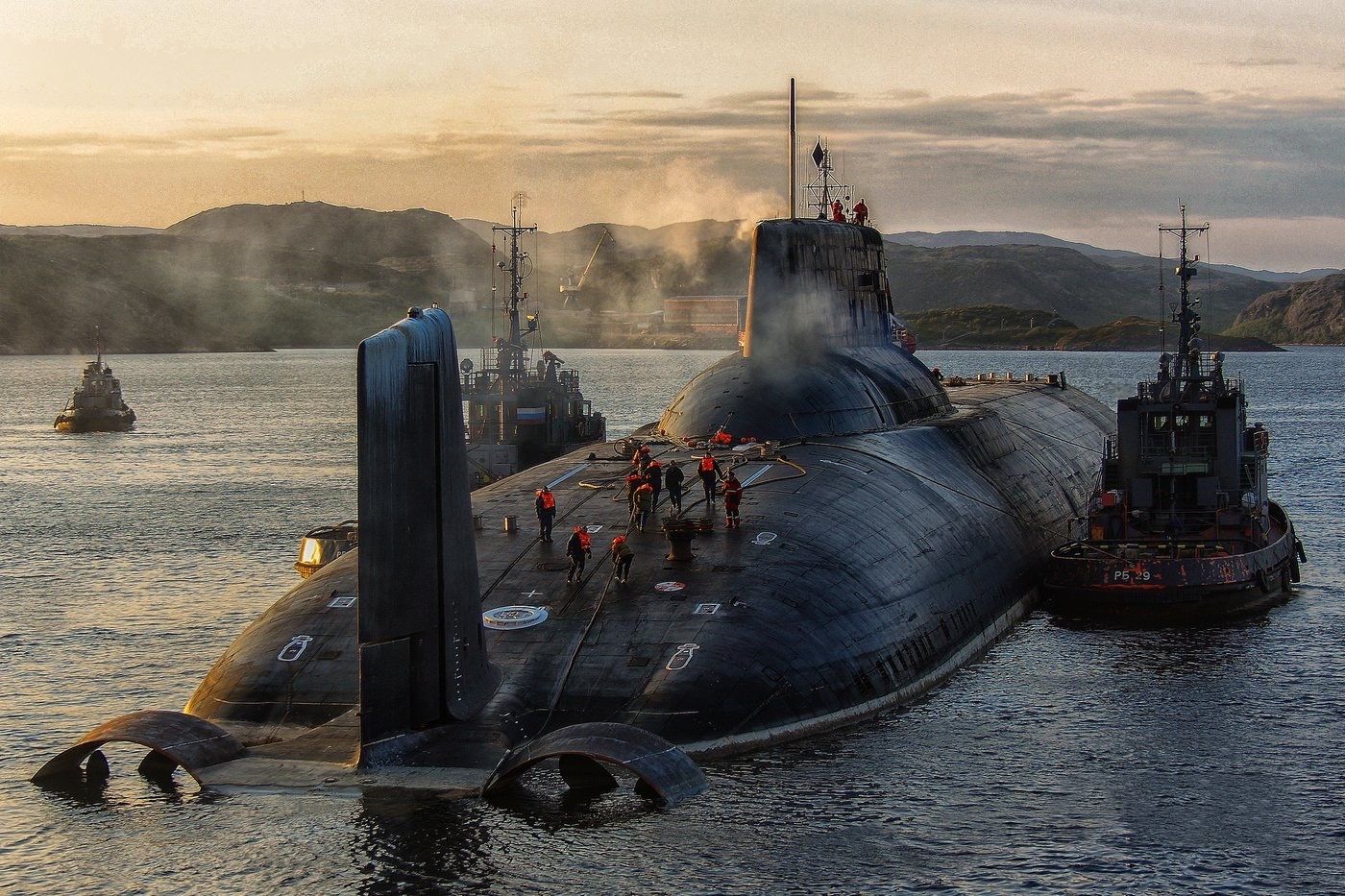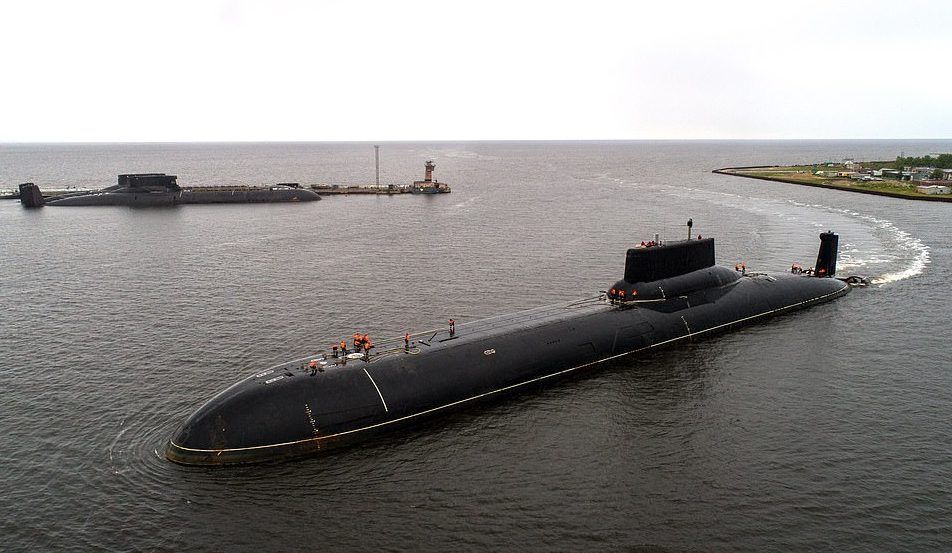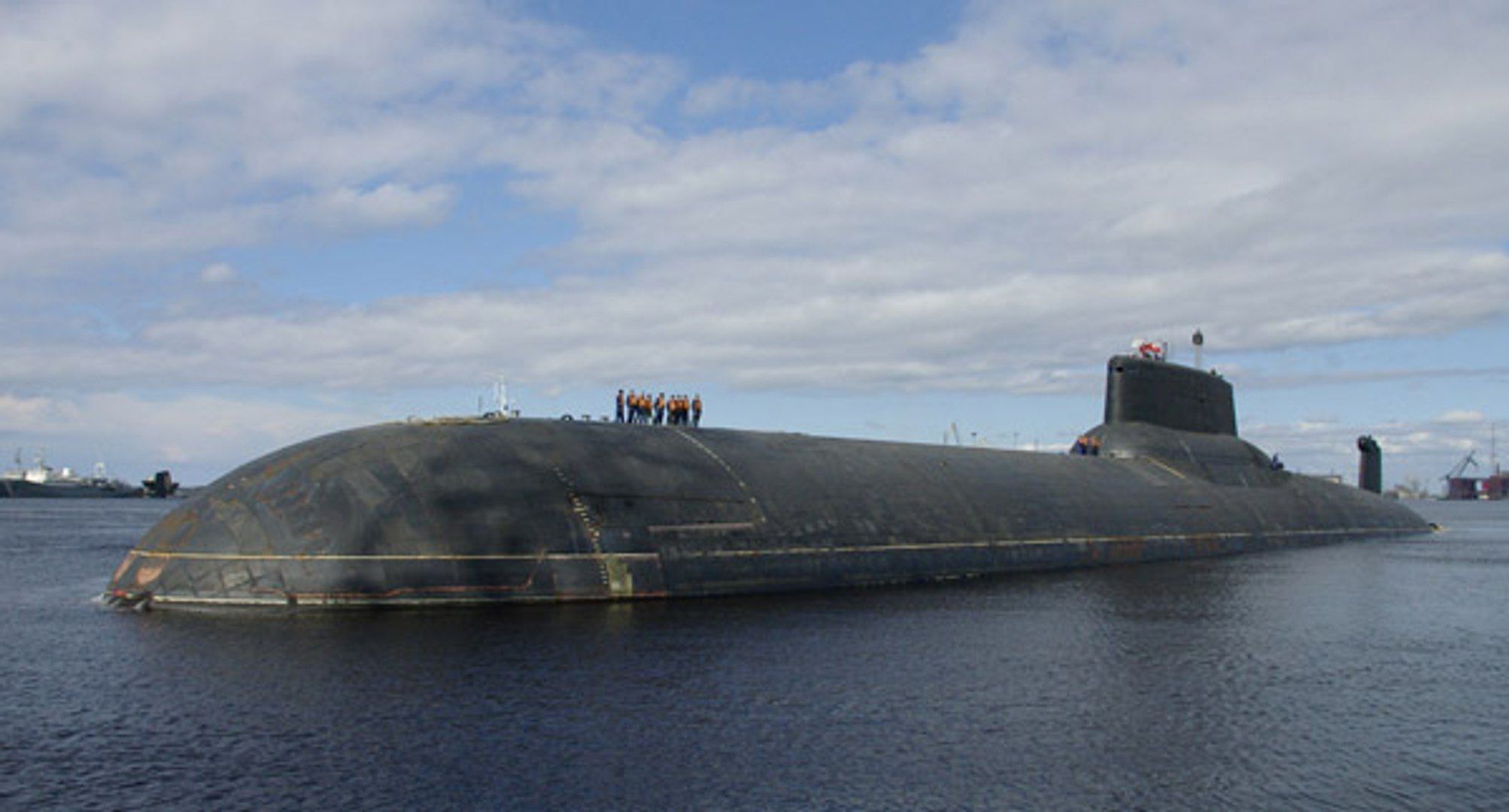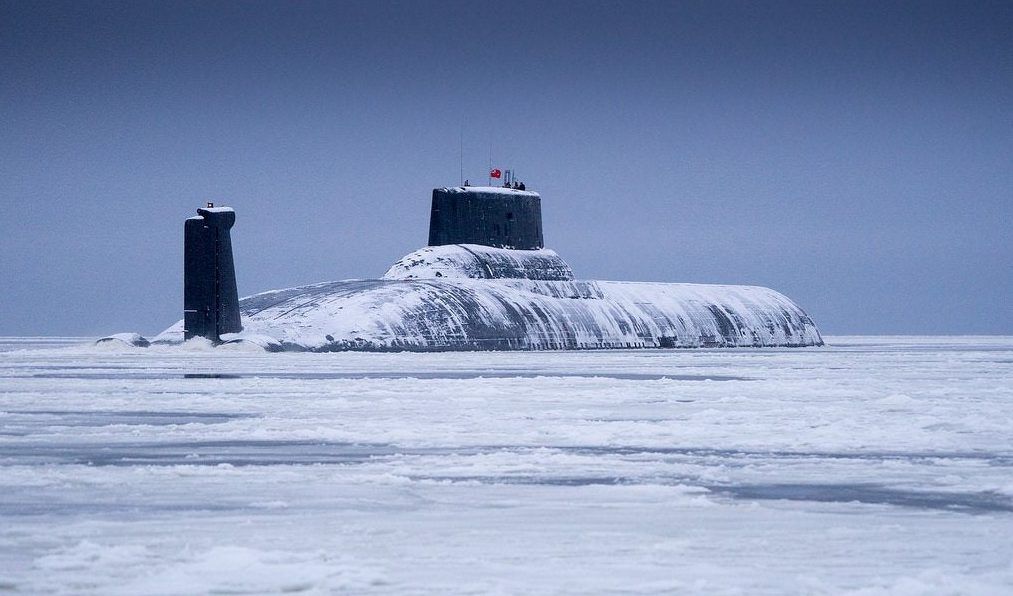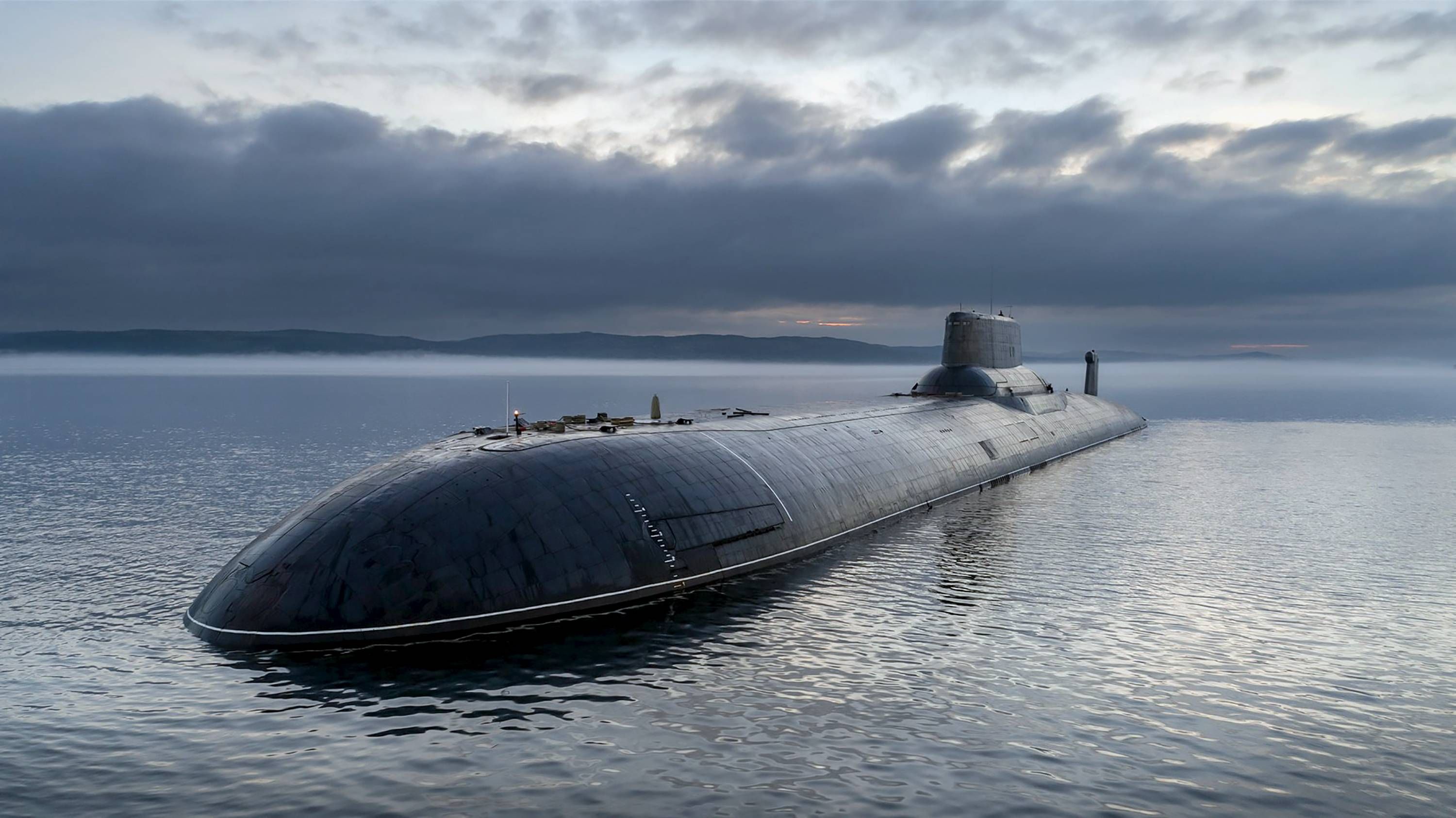The Cold War was a period of geopolitical tension between United States and the U.S.S.R that lasted all of 45 years and only ended in 1991 when the latter broke up. The Superpowers were locked in a crazed nuclear arms race. At a point, the United States seemed to be ahead with their nuclear arsenal; a stockpile that included some pretty impressive nuclear weapons platform like the massive Ohio Class submarines.
Then the Russians responded with a weapons platform of their own in a bid to even the odds. They pulled out all the stops too and forced the world to take notice. The monstrosity in question was developed under Project 941 known in Russia as Akula but to the rest of the world as the Typhoon Class submarine.
The project was signed off in the early 1970s and by 1976, construction was underway on the first one. The deployment of the Typhoon class submarines caused a lot of consternation within the NATO ranks and having a fix on their locations at all times became a top priority, even after the Cold War ended.
The Typhoon Class submarines set a host of records; some of which are still unbroken today. Read on to discover some interesting facts about these naval behemoths that once reigned supreme.
15 They Are Truly Massive
As far as submarines go, the Typhoon class has no equal. These massive naval vessels stretch out to a length of 175 m (574 feet) and have a submerged displacement of 48,000 tons. By comparison, the Ohio subs, America’s largest, displaces a ‘mere’ 19,000 tons, slightly over a third of the Typhoon’s mass.
14 Only A Few Units Were Ever Built
The Russian Navy only built 6 units of these aquatic monsters. Orders were received for a seventh unit but that got canceled before the project reached any significant stage. The submarines were initially designated by hull numbers but eventually, 4 of them were assigned names, in reference to the city or company that sponsored them.
13 The Typhoons Featured A Unique Hull Design
The Typhoons were designed to be almost impossible to sink, able to shrug off numerous torpedo attacks and still retain the ability to function to a large extent. It had a multi-hull design – with 5 inner hulls built into a superstructure of 2 main parallel hulls that ran the length of the submarine.
12 It Wasn’t Cheap
Well, that’s understandable, given their enormous size. The Russians have been closely guarded about the development costs but in 2012, the government once scrapped plans to refurbish one, stating that it would cost the same as building 2 of the newer Borei Class Missile submarines which has a total cost of over $700 million per unit.
11 They Have Been Around For A While
These Behemoths were not built recently. In fact, construction began on the first one in 1976 and it was commissioned 5 years later, in 1981. 5 more Typhoon submarines were commissioned by the Russian Navy, from 1983 to 1989, and deployed to the high seas. It is hard to see how effective they would be in these modern times.
10 The Current Status Of The Russian Giants
The Russians were smart enough to realize that their beloved Typhoons would not fare so well in battle as technology evolved and other countries developed more sophisticated naval vessels. Out of the 6 that were built, only the first one, the Dmitry Donskoy, is still in service today and even then only as a test platform for ballistic missiles and new submarine development.
9 They Have Never Been Deployed In Battle
Thankfully, the Typhoon Class submarines never had to be deployed in battle but we can well imagine the incredible amount of devastation one of these could have caused. The primary reason behind their construction was to serve as a deterrent during the Cold War and also to match the nuclear capability of the United States at the time.
8 The United States Helped Take Them Apart
As part of the Cooperative Threat Reduction program to reduce the nuclear weapons threat posed by the former Soviet Union, the United States provided funding to the tune of $250million and also worked with Russia in dismantling at least one of the Typhoon submarines in a project that commenced in 1999. You can bet the American military was able to sleep better at night after that.
7 A Fearsome Weapons Platform
The Typhoon sub was known in Russia as Project Akula. Akula means ‘shark’ in Russian and this shark had many teeth in its jaws. Each submarine carried up to 20 R-39 ballistic missiles. All these missiles could each carry 10 100-kiloton nuclear warheads that could be targeted independently at different targets. To put this in perspective, the nuclear weapon that decimated Hiroshima during the 2nd World War had an estimated 15-kiloton yield.
6 The Infamous TK-17 Incident
In September 1991, Typhoon sub TK-17 was conducting a test launch of one of its 20 SS-N-20 Sturgeon (the R-39) ballistic missile when the missile prematurely exploded in its launch tube. The missile at the time carried inert warheads, but there was still the matter of the nuclear engines and live nuclear warheads on board. Thankfully, the quick-thinking actions of the captain were able to save the day and avert what could have been a catastrophic international incident.
5 The Typhoon Power Plant
The submarine needed a lot of power to move its immense bulk around and launch its arsenal if needed. This was supplied by a pair of nuclear water reactors and two turbo gear assemblies comprising a steam turbine and gearbox. Each nuclear reactor provided power to drive 2 50,000-hp steam turbines and four 3,200kW turbo-generators – enough to give the sub a top speed of 27 knots (50 km/h) submerged.
4 It Served As Inspiration For A Popular Movie
The Typhoon submarines had their spotlight moment in Hollywood history after serving as inspiration for the hugely popular movie, ‘The Hunt for Red October’. The movie itself was based on a novel and focused on the defection of a submarine commander who fled to the United States with Russia’s newest ballistic submarine, complete with weapons and crew.
3 Swimming Pool? Why Not!
This awe-inspiring weapon of war had a less threatening feature that not many people knew about. They were equipped with a swimming pool that was built within the cavernous hull. Here, the crew could hang out after a tense shift at their duty stations. The pools were quite small and you couldn’t really do timed laps in them but they were functional and served the intended purpose.
2 Built To Disappear
The superstructure of the Typhoons was covered by sound-absorbent tiles which among other enhancements, made the submarines very quiet for its size. That, and the fact that they were designed to operate under the Arctic ice where it was very hard to use sonar equipment to track them, made the United States and NATO allies very worried indeed.
1 Extended Deployment Capabilities
The Typhoon submarines were able to carry a full crew of 160 seamen and supplies to last for a single 4-month deployment. There were also some creature comforts on board like the pool, sauna, and gym. They had an operational range of 8,000 km. These subs were not just designed to hug the coastline but to range out far and wide, lurking below the surface and just waiting for the order to strike. Thankfully, that order never came.

